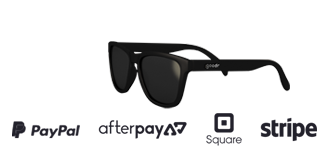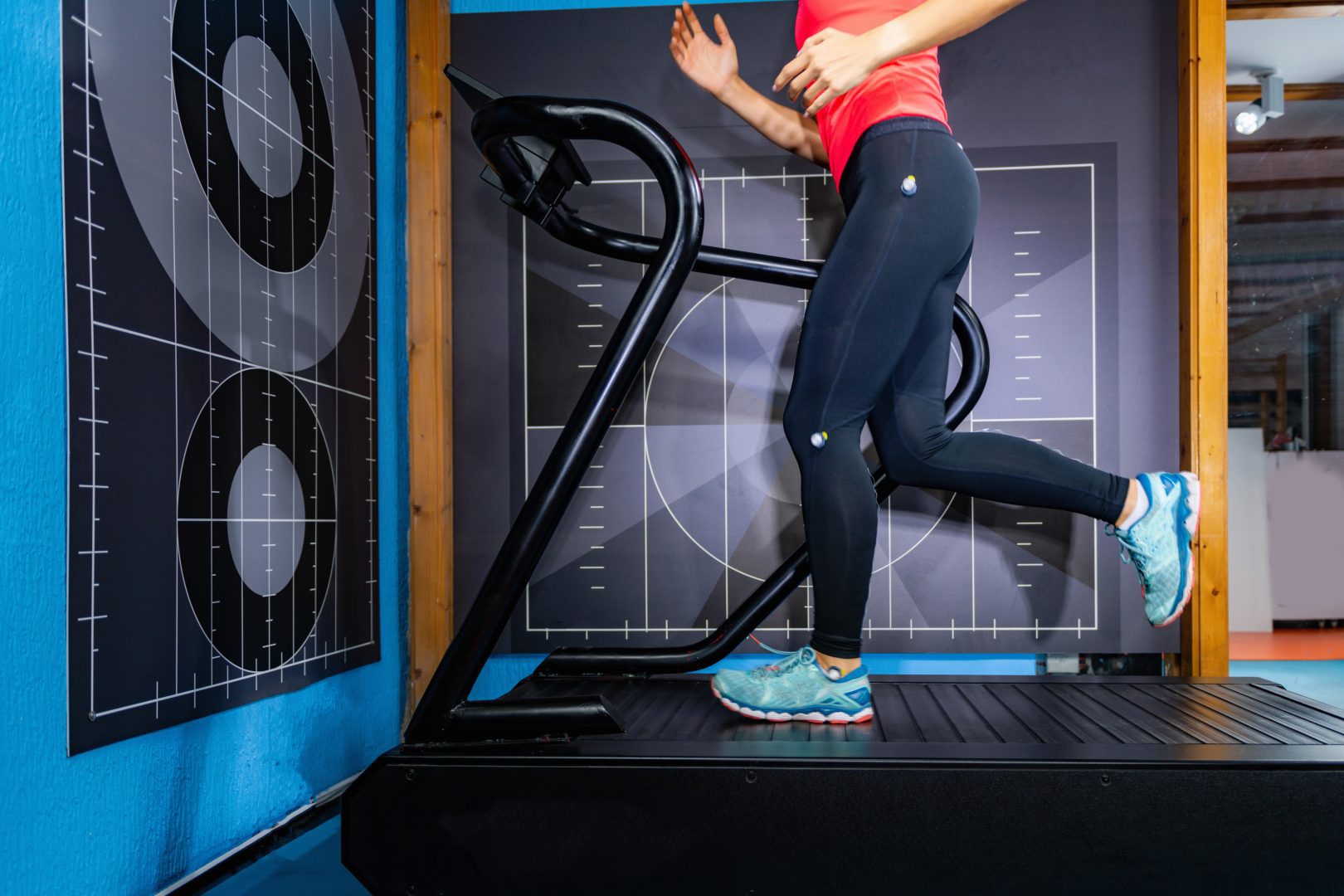Cadence is a term often used in running, and is often a measurement of data on our fitness watches. But what exactly does the term ‘cadence’ mean?
What is running cadence?
Cadence is also known as stride frequency. It is the number of steps it takes a person to run per minute. Cadence is usually determined by how many times one of your feet hit the ground.
Understanding your running cadence has been linked to improved endurance, increased speed, and decreased risk of injury.Â
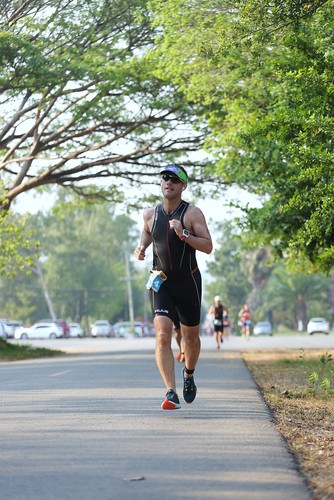
One of the most notable factors which impact your running cadence is your height and leg length. The taller you are, the longer your strides, therefore slowing your cadence.Â
The other huge factor is the incline at which you run. When you run uphill your cadence is increased as your stride length shortens.Â
How do I determine my running pace and running cadence?
The equation to determine running pace is as follows:Â
Distance Length (meters) x Cadence (strides/minute) = Running Pace (meters/minute)
Cadence can easily be measured. Most watches, such as Coros Watches, can measure both your pace and cadence as you run.Â
If you don’t have a running watch, simply count the times your feet hit the ground inside of a 60-second window.Â
It is important to know that cadence is personal and can be varied from person to person. As you strive to find your optimal cadence, your running speed will improve and you will be able to do longer distances with less effort.Â
What are the benefits of tracking running cadence?Â

Improve your running form
Having a longer stride (low cadence) can result in you landing heel first, which is not optimal for good running form as it means you are breaking your forward momentum. The aim is to land every stride closer to the centre of your gravity. Increasing your cadence, therefore decreasing your length stride, is a great way to start improving this. In the long term, working on your foot placement and increasing your muscle strength will also improve where your feet are landing while you run.Â
Guidance while training
Use your cadence training to improve your strength and coordination. Try running different sections of your regular route at different cadences so that your body has to adjust quickly to different stimuli.Â
To figure out what you need to improve
Tracking your running cadence is a great diagnostic tool.Â
During a run, you are likely to get tired. When this happens, most runners tend to lose form slightly and you probably won’t even notice because your body wants to maintain your speed. Next time you go for a run, track your cadence, does it worsen as your body tires? If the answer is yes, it might mean that you are running for too long and need to add a variety of training into your routine to allow your body to run longer while managing your form.
To read more about strength training for runners, check out our previous blog here.Â
What Is Considered A ‘Good Running Cadence’
‘Good running cadence’ has no set figure, and will vary person-to-person. It all depends on the person, their height and their individualised running goals.Â
But, what is a good cadence for running on average?
Well, most people say that 180 strides per minute are optimal for running. However, around 170 is still considered a good running cadence. Generally, if you are staying within the 170-190 strides per minute window, it indicates a good running cadence.Â
If you are early on in your running journey, keep in mind that cadence is something that can be learned. If you are struggling to improve, a running coach might be a good thing for you to consider.Â
Track your cadence with Coros Watches
As mentioned above, there are many ways of tracking your cadence. There is a way for you to count them yourself, if you have the brain for numbers, you can count the number of times your feet hit the floor as you run for 60 seconds. However, cadence is best tracked over longer periods and then averaged out. Therefore, we recommend using a running watch to accurately track running data.Â
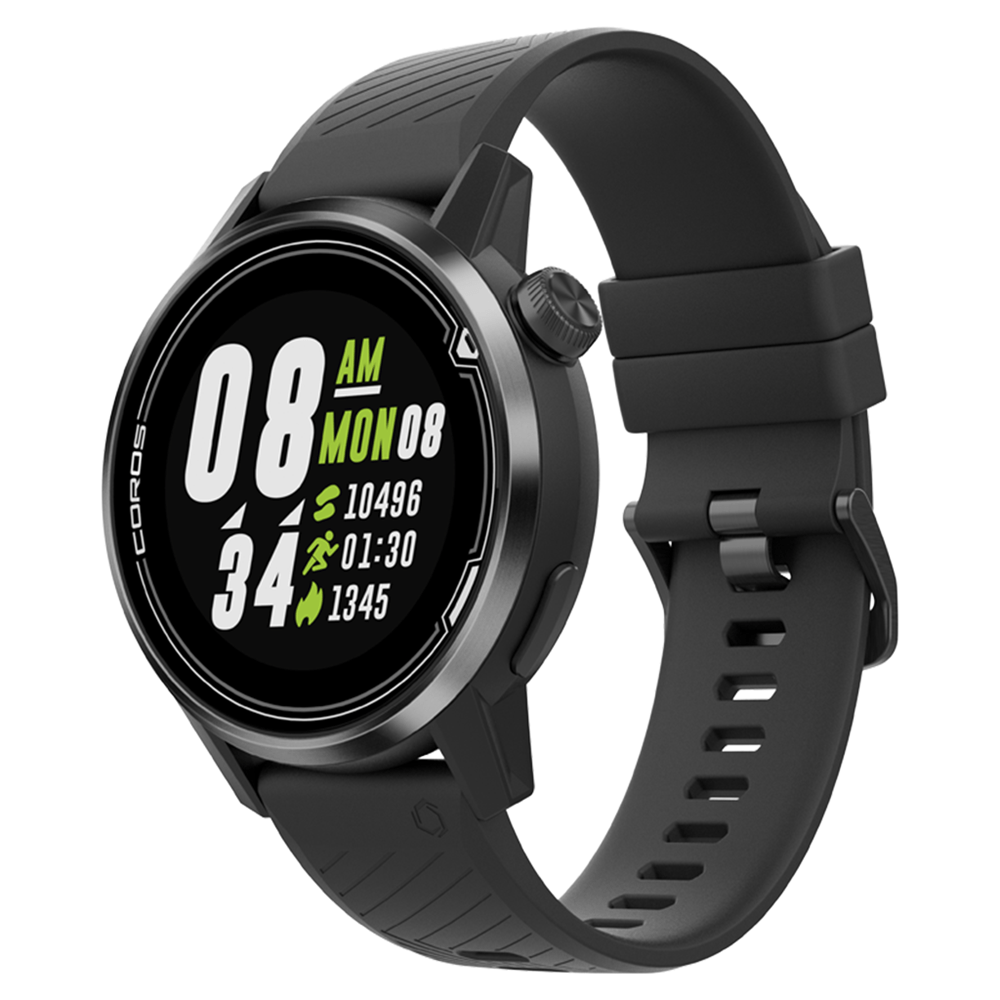
Running watches, such as our incredible Coros Watches, not only tracks your distance and pace but can help you when it comes to improving your cadence.Â
These watches are featherlight and durable, making them super comfortable for any runner.Â
Watches are perfect for tracking long-term. You can download and record your data over time and see your improvements.Â
Check out our previous blog on running watches here, for a breakdown on each COROS model stocked here at Pure Running.Â
Ways you can improve your cadence
Try implementing the following into your running routine in order to improve your cadence—
Run strides
Try running strides, which are short set distances. Try running 50 metres, whilst gradually increasing your pace. Strides are not the same as sprints. Strides allow for way to control the speed at which you accelerate.
Make sure you are pumping your arms to drive your speed and use your legs to propel you to the next speed.Â
Jump rope
This may seem like a strange one, but jumping on a jump rope can greatly increase your cadence. When jumping, make sure you are keeping yourself low to the ground and going fast. Don’t think of this as a casual activity. This is for athleticism, go fast and hard for short bursts of time. Not only will it help you increase your cadence, but it also helps with core strength and stamina.
Running downhill
Running downhill can greatly help you improve your running cadence by forcing you to take small steps while moving fast. You also need to remain steady to stay balanced which in turn helps you to improve your core.Â
Cycling
Cadence works in similar ways when you are peddling on a bike. Drop your bike to light resistance and pedal hard. Measure your cadence as you do so and try to stay at the 180 per minute mark. Cycling focuses on building your leg strength. You are likely to cycle for longer than you are able to run, and it is a great way to vary up your training routine.
Some tips and tricks
We highly recommend using good quality running shoes with great support to protect your ankles and feet.Â
Running headphones are super important. Your favourite music with a good beat to it, can help you stay in the zone, steady your pace and focus on your form.
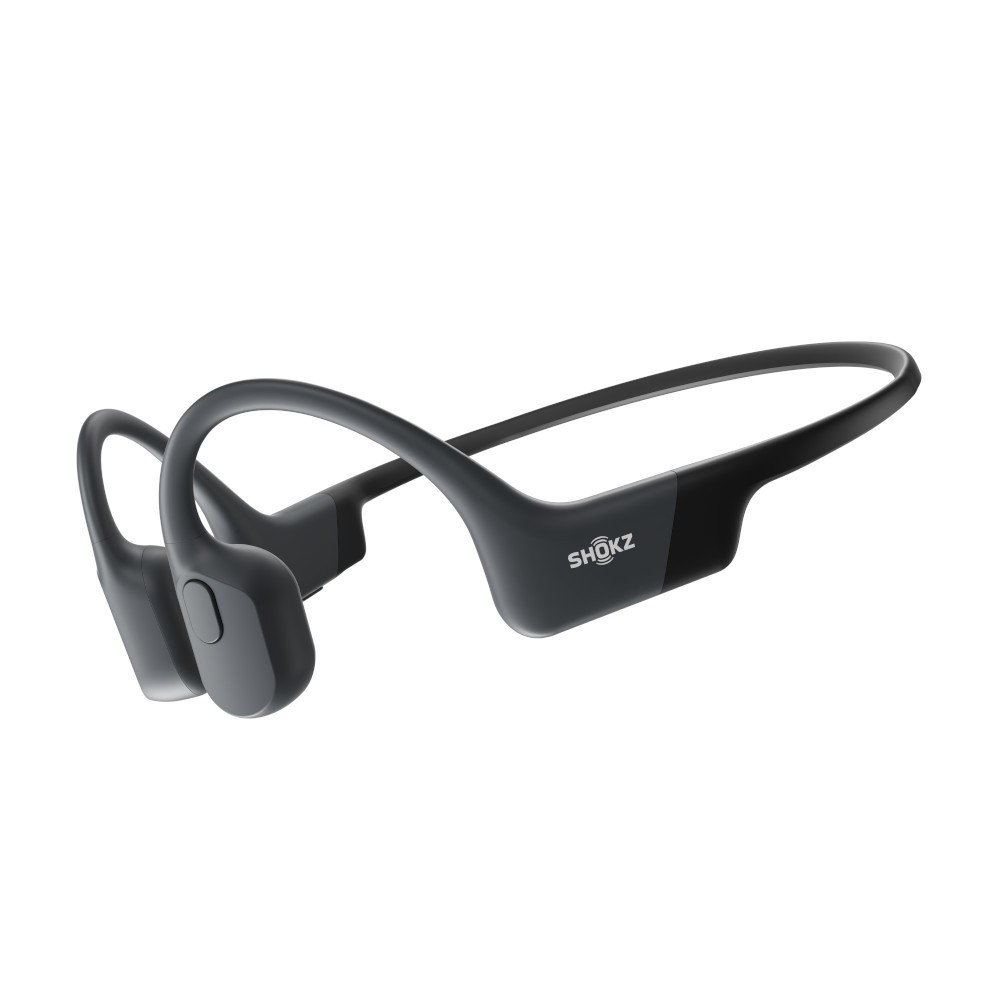
Focus on a routine. However you decide to go about improving your running cadence, stick to it. Make sure to track your improvements along the way to keep you motivated.Â
Make sure to enjoy it, every step of the way (literally). Take the time to celebrate your smallest of highs. Running is a long-term commitment, and will show you great results over time.

